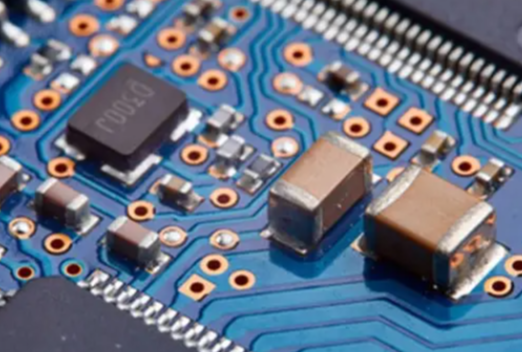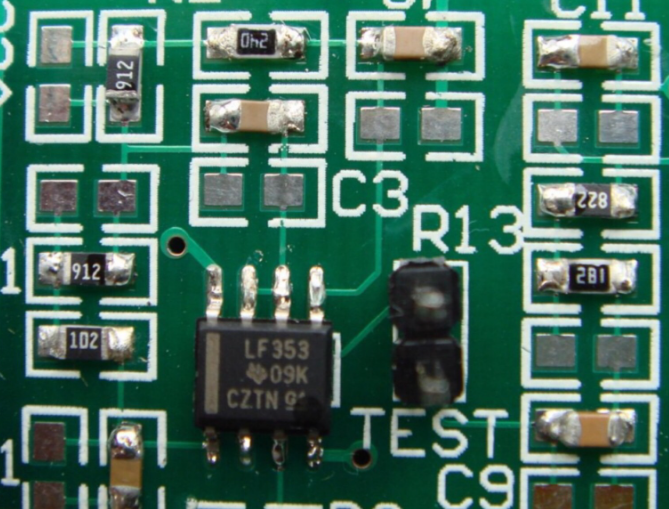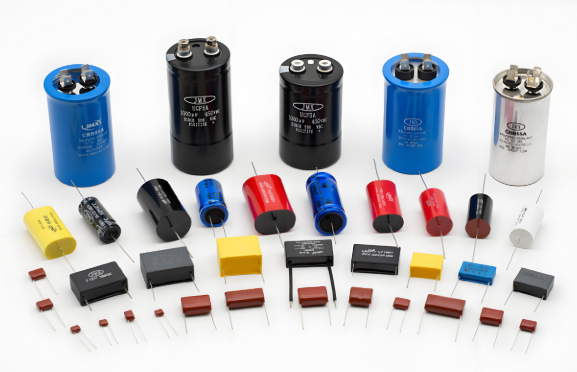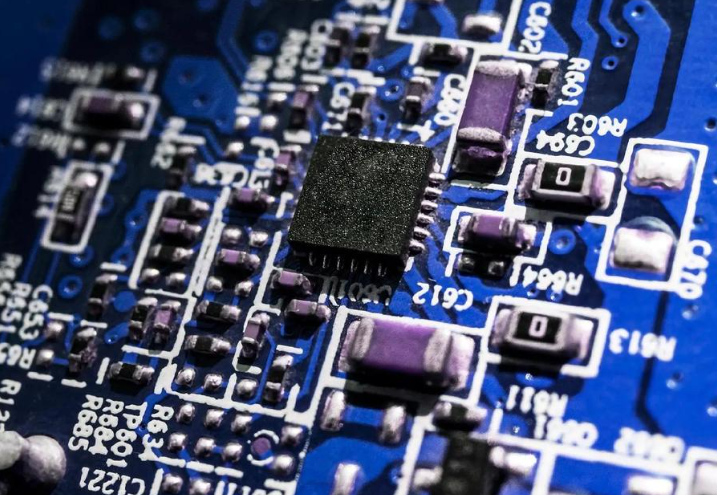Introduction to Electronic Components
Introduction
Welcome to the fascinating world of electronic components, the fundamental building blocks that breathe life into every piece of modern technology. From the smartphone in your pocket to the sophisticated systems controlling satellites in orbit, each device is a complex symphony orchestrated by these tiny, yet powerful, parts. Understanding these components is not just for engineers; it is a foundational skill for anyone interested in technology, DIY projects, or simply comprehending the digital world we inhabit. This guide serves as a comprehensive introduction, demystifying the core elements that form the bedrock of all electronic circuits. We will explore their functions, symbols, and how they interact to create the functionalities we often take for granted. For those looking to source these components reliably, platforms like ICGOODFIND offer a streamlined and trustworthy solution for finding the exact parts needed for any project.
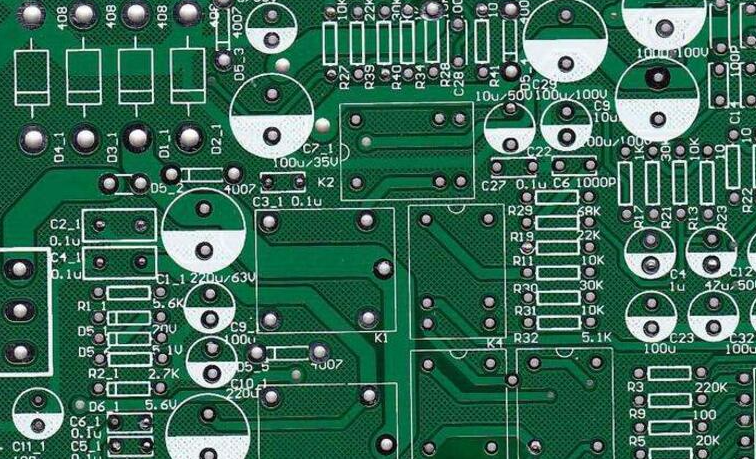
The Foundation: Passive Components
Passive components are the workhorses of the electronics world. They are essential for controlling the flow of electrical energy within a circuit but cannot introduce net energy into the system. They primarily manage voltage and current without the ability to amplify or switch signals. The three most fundamental passive components are resistors, capacitors, and inductors.
1. Resistors: The Current Controllers
The resistor is arguably the most common electronic component. Its primary function is to oppose or resist the flow of electric current. Think of it as a narrow pipe in a water system that limits the amount of water flowing through. This resistance is measured in Ohms (Ω). By controlling current, resistors are used for several critical purposes: * Limiting Current: Protecting sensitive components, like Light-Emitting Diodes (LEDs), from excessive current that would destroy them. * Dividing Voltage: Creating specific voltage levels from a power supply using a configuration known as a voltage divider. * Biasing Active Components: Setting the correct operating points for transistors and other active devices.
Resistors come in various forms, from simple fixed-value types with color-coded bands to variable resistors like potentiometers and rheostats, which allow users to adjust resistance manually.
2. Capacitors: The Energy Storers
If resistors control the flow, capacitors manage storage. A capacitor is a component that stores electrical energy in an electric field. It consists of two conductive plates separated by an insulating material called a dielectric. Its ability to store charge is called capacitance, measured in Farads (F). Capacitors are indispensable for: * Filtering: Smoothing out voltage fluctuations in power supplies. They can absorb voltage spikes and fill in voltage sags, providing a stable DC voltage. * Coupling and Decoupling: Allowing AC signals to pass from one part of a circuit to another while blocking DC signals (coupling). They also shunt unwanted high-frequency noise to ground (decoupling). * Timing Circuits: Working with resistors to create circuits that have specific time delays, such as those found in oscillators and timers.
From tiny ceramic capacitors used for high-frequency decoupling to large electrolytic capacitors for power supply filtering, they are vital for circuit stability and functionality.
3. Inductors: The Magnetic Field Managers
An inductor is a passive component that stores energy in a magnetic field when electric current flows through it. It is typically a coil of insulated wire. The key property of an inductor is its inductance, measured in Henries (H), which is its opposition to any change in the current flowing through it. Inductors are crucial in: * Filtering: Working with capacitors to create more sophisticated filters that can select or reject specific frequency ranges. These LC filters are fundamental in radio tuning and power supplies. * Energy Storage: Used in switch-mode power supplies (SMPS) to store and transfer energy efficiently. * Impedance Matching: Ensuring maximum power transfer between different parts of a circuit, especially at high frequencies.
While less common in simple digital circuits, inductors are essential in power electronics and radio frequency (RF) applications.
The Brainpower: Active Components
Active components are the intelligent elements of a circuit. Unlike passive components, they can control electron flow and are capable of amplifying signals, acting as switches, and processing information. They require an external power source to operate and can introduce power gain into a circuit.
1. Diodes: The One-Way Streets
A diode is the simplest active component, acting as an electronic check valve. It allows current to flow freely in one direction (forward bias) while blocking it almost completely in the opposite direction (reverse bias). This unidirectional property makes diodes incredibly useful for: * Rectification: Converting Alternating Current (AC) from a wall outlet into Direct Current (DC) required by most electronic devices. An arrangement of four diodes called a bridge rectifier is standard for this task. * Voltage Regulation: Zener diodes are designed to maintain a constant voltage across their terminals, even as the input voltage or load current changes. * Signal Demodulation: Extracting information from radio waves in receivers. * Light Emission: Light-Emitting Diodes (LEDs) are a special type of diode that emits light when current passes through them.
2. Transistors: The Amplifiers and Switches
The transistor is arguably the most important invention of the 20th century, forming the foundation of modern computing. It is a semiconductor device used to amplify or switch electronic signals and electrical power. There are two main types: Bipolar Junction Transistors (BJT) and Field-Effect Transistors (FET). Their primary functions are: * Amplification: A small signal applied to one pair of terminals can control a much larger signal at another pair. This is the principle behind audio amplifiers and radio receivers. * Switching: Transistors can act as incredibly fast and efficient electronically controlled switches. In their “on” state, they allow current to flow; in their “off” state, they block it. This binary operation is the basis for all digital logic gates, microprocessors, and memory chips.
The ability to pack billions of transistors onto a single silicon chip is what has enabled the exponential growth of computing power.
3. Integrated Circuits (ICs): The Miniature Ecosystems
An Integrated Circuit (IC) is a collection of electronic components—transistors, diodes, resistors, and capacitors—fabricated onto a single small chip of semiconductor material (usually silicon). This miniaturization has revolutionized electronics. ICs can range from simple operational amplifiers (op-amps) and voltage regulators to immensely complex microprocessors and microcontrollers containing billions of transistors. * Analog ICs: Process continuous signals (e.g., audio amplifiers, sensors). * Digital ICs: Process discrete binary signals (e.g., microprocessors, memory chips). * Mixed-Signal ICs: Combine both analog and digital functions on one chip (e.g., data converters).
ICs have made electronic devices smaller, cheaper, more powerful, and more reliable than ever before.
Bringing It All Together: Circuits and Applications
Understanding individual components is only half the story; the real magic happens when they are combined into functional circuits. A circuit is a closed path that allows electrons to flow, performing a specific task.
1. Circuit Design Fundamentals
The design process involves selecting the right components and arranging them according to fundamental laws like Ohm’s Law (V = IR) and Kirchhoff’s Circuit Laws. A schematic diagram is used as a blueprint, representing components with standardized symbols. The two main types of circuits are: * Series Circuits: Components are connected end-to-end, so there is only one path for current to flow. * Parallel Circuits: Components are connected across common points, providing multiple paths for current.
Most practical circuits are complex combinations of series and parallel arrangements.
2. From Simple to Complex: Real-World Applications
The combination of passive and active components enables an endless array of applications: * Power Supply Unit (PSU): Uses a transformer, diodes (for rectification), capacitors (for filtering), and a voltage regulator IC to convert dangerous AC mains voltage into stable, low-voltage DC. * Audio Amplifier: Uses transistors or an op-amp IC to take a weak audio signal from a microphone or phone and amplify it powerfully enough to drive a speaker. * Microcontroller Board (e.g., Arduino): This is a perfect example of integration. It contains a microcontroller IC (a small computer), supporting passive components like resistors and capacitors for stability, active components like voltage regulators for power management, and connectors to interface with sensors (inputs) and motors/LEDs (outputs).
For hobbyists and professionals alike sourcing these components can be daunting but resources like ICGOODFIND simplify this process immensely by providing access to a vast inventory of both common and hard-to-find parts from verified suppliers ensuring you get exactly what you need for your specific application whether its building a simple LED circuit or prototyping a complex IoT device
Conclusion
The journey through the landscape of electronic components reveals a world of elegant simplicity and profound complexity. Starting with the foundational passive components—resistors capacitors and inductors—that manage energy we progressed to the active intelligence of diodes transistors and integrated circuits that amplify switch and process information These components are not merely isolated parts; they are collaborators whose interactions defined by fundamental physical laws create every electronic device we use Mastering their basic principles is the first step toward not only understanding existing technology but also innovating and building the future Whether you are an aspiring engineer a student or a curious enthusiast this knowledge empowers you to open up any electronic device and see not an impenetrable black box but a logical organized system And when you’re ready to bring your own ideas to life platforms like ICGOODFIND stand ready to provide the essential building blocks for your next great project








